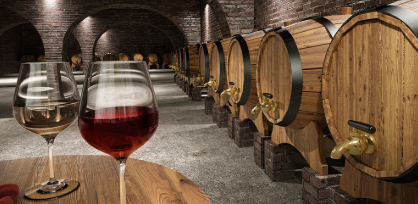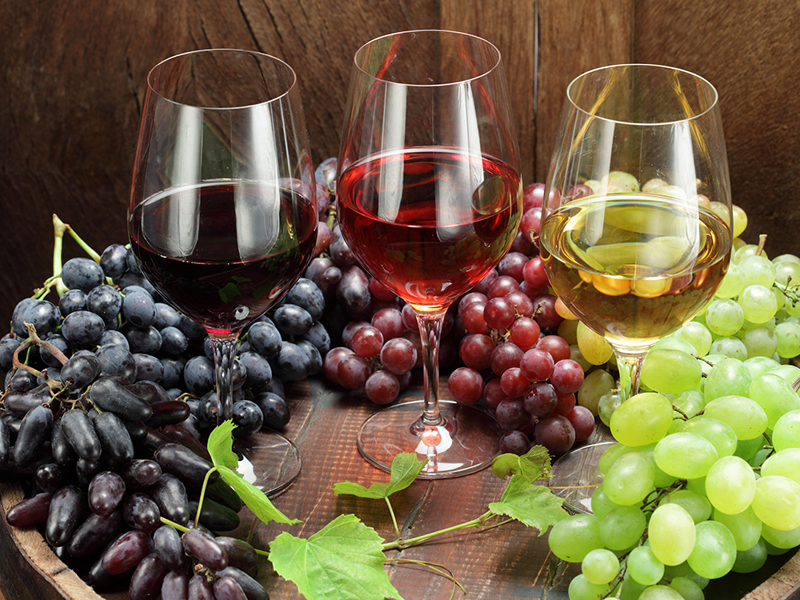Maid service Cambridge, MA advise you that there are two stages included:
 Cleaning first, at that point disinfecting. The most significant thing in cleaning is to be sure to pick an oxygen based more clean. No chlorine based items ought to be utilized in any winery. Without giving an exercise in microbiology, hints of these sort of cleaning operators on your hardware or capacity vessels can advance aggravates that leave mildew covered or potentially smelly qualities in your wines (TCA). A decent oxygen based cleaner like B Brite is an amazing decision. It washes completely and rapidly with moderately little water, and makes short work of most cleaning employments. Include some real effort and be steady in your cleaning procedure, and you'll have effectively finished stage 1.
Cleaning first, at that point disinfecting. The most significant thing in cleaning is to be sure to pick an oxygen based more clean. No chlorine based items ought to be utilized in any winery. Without giving an exercise in microbiology, hints of these sort of cleaning operators on your hardware or capacity vessels can advance aggravates that leave mildew covered or potentially smelly qualities in your wines (TCA). A decent oxygen based cleaner like B Brite is an amazing decision. It washes completely and rapidly with moderately little water, and makes short work of most cleaning employments. Include some real effort and be steady in your cleaning procedure, and you'll have effectively finished stage 1. Keep your brushes and all scouring utensils committed explicitly for your wine hardware. Clean them completely in the wake of utilizing them and store them off the ground. Ideally on racks or a spot where they can dry altogether. Splashing them altogether with a decent sulfite arrangement ( ¾ of a gram in a gallon of water) 10 minutes before use and again following use will incredibly decrease any microorganisms present on your cleaning utensils.
One of the most troublesome things to clean appropriately is the tubing utilized when racking or moving wines. A decent start is to absorb them an answer of B Brite and water the prior night use. It's a successful method to get them all around. Just sink the tubing in a proper estimated vessel. A container or essential fermenter are choices.
Purifying is the second phase of the procedure however of equivalent significance. A gallon garden sprayer is a powerful tool. A blend of sulfite and water will make a practical disinfecting arrangement. Essentially break up ¾ of a gram of Potassium Metabisulfate in one gallon of water (100 ppm) and apply it to all surfaces that come into contact with your juice, should, or wine. Try not to wash hardware or vessels after the application. Enable 10 to 15 minutes of contact time before utilizing. This procedure won't be adequate for cleaning any wooden barrel. No special cases.
A discretionary advance in cleaning for "true serenity" that can be utilized, yet isn't very savvy, is to buy 190 proof grain spirits. Spot the spirits in a little splash container and apply to gear and vessels 10 minutes after the sulfite arrangement was applied. Try not to wash.
Utilizing these straightforward advances will make for viable cleaning and disinfecting of your winemaking hardware and capacity vessels. No winemaker can understand accomplishment without utilizing viable practices in cleaning and disinfecting.





